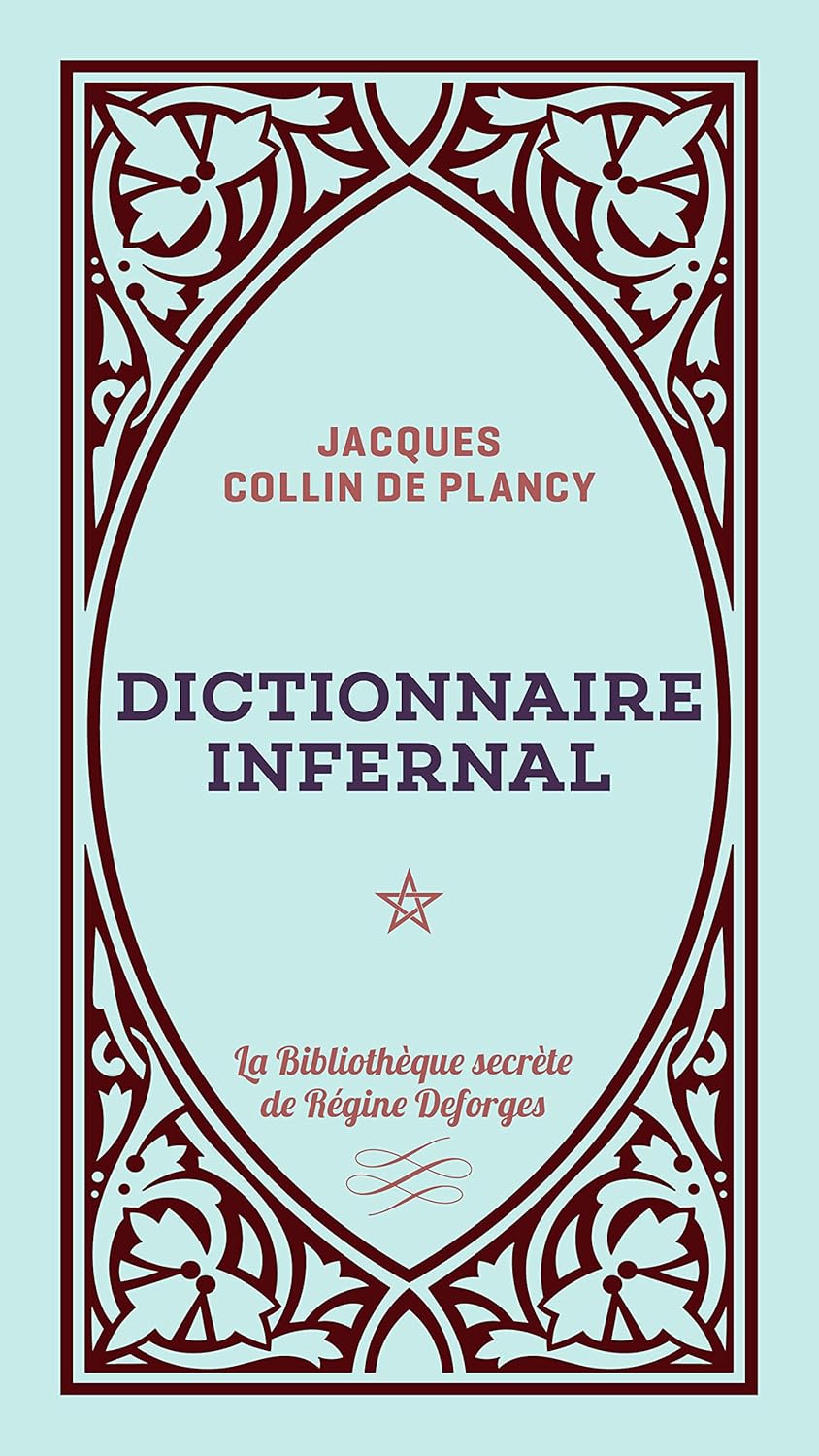About this deal
Both kinds of book are partisans of a Platonist philosophy that sees a type of word magic as being able to enact transformations in real life. The most interesting edition of the text is the final one of 1863, illustrated with creepy exactitude by le Breton, whose brilliant Doré-esque engravings elevate the work beyond the relative staidness of previous editions. citation needed] In later years, De Plancy rejected and modified his past works, thoroughly revising his Dictionnaire Infernal to conform with Roman Catholic theology.
If this is true, then the Dictionnaire infernal is not just a reflection of Collin de Plancy, a man who dwelled among shadows yet desired to illuminate, but also a reflection of our own modern world. Among the spirits presented in de Plancy’s book are well-known evils such as Lucifer and greedy Mammon, but also more obscure devils such as the lower demon Ukobach, who tends to fireworks and oils, and the bellows-bearing fallen angel Xaphan. It was written by Jacques Auguste Simon Collin de Plancy and first published in 1818[citation needed].All together, across nearly six hundred pages, Collin de Plancy provided entries for sixty-five different demons, including favorites from the pages of Dante, Milton, and others, such as Asmodeus, Azazel, Bael, Behemoth, Belphégor, Belzebuth, Mammon, and Moloch. This influence is most clearly seen in the sixth and final 1863 edition of the book, which is decorated with many engravings and seeks to affirm the existence of the demons. Perhaps for Collin de Plancy, born almost two centuries later amidst the convulsions of revolution, the thin, reptilian demon with the aristocratic bearing still represented some of the dangers of the new learning, for Astaroth “willingly answers the questions he is asked about the most secret things, and . As with the many demonic chimeras that populate his dictionary, Collin de Plancy was a mélange of disparate parts. For example, among the more minor demons there is “Adramelech, great chancellor of the underworld, steward of the wardrobe of the sovereign of the demons, president of the high council of the devils”, who “showed himself in the form of a mule, and sometimes even that of a peacock”.
The information in this book is stuff that can be found online but is much better to have a physical copy of in your hands. You can change your choices at any time by visiting Cookie preferences, as described in the Cookie notice. And then there is Ephialtes — a pug-faced, bird-winged, wild-eyed little gremlin perched atop the chest of a man, like Fuseli’s Nightmare — who Collin de Plancy describes in just a single sentence, explaining that he derives from the “Greek name for the nightmare . For a thousand different people they will have the same result; and consulted twenty times about the same subject, they will produce twenty contradictory productions" (p.
Although Jacques Collin de Plancy’s Dictionnaire infernal, a monumental compendium of all things diabolical, was first published in 1818 to much success, it is the fabulously illustrated final edition of 1863 which secured the book as a landmark in the study and representation of demons. The text and images of the spirits, from the 1863 edition are presented here, in this Infernal Dictionary. He also aimed to provide instruction on both the history and the practical utility of the more exalted among Satan’s minions.
Or there is Amduscias, in “the form of a unicorn”, to whose voice “the trees bow”, and who “commands twenty-nine legions. While it’s true that the grand experiment of the Enlightenment was supposedly to shine the light of rationality upon the shadows of superstition, the desire to assemble all possible information is one which the grimoire and the dictionary share. And it’s a good thing he did, as the bizarre images that accompanied the text are some of the most indelible depictions of demons ever created. What sets de Plancy’s work apart is his frighteningly surreal illustrations—the devils that make up his occult bestiary are some of the most evocative in the history of demonic literature.It is one of the most comprehensive and influential works on the subject, containing entries on demons, occult phenomena, and superstitions. He combined the rectilinear logic of men like Voltaire and Diderot with the chthonic visions of the symbolist and decadent poets of a generation later — Rimbaud, Baudelaire, and Verlaine, who drunkenly stomped through the rainy streets of Paris clutching their fleurs du mal. L. MacGregor Mathers’ The Goetia: The Lesser Key of Solomon, a famous grimoire that describes how to summon and control 72 demons. If anything, the strange verisimilitude of the insect-like creature makes le Breton’s image all the more terrifying.
 Great Deal
Great Deal 